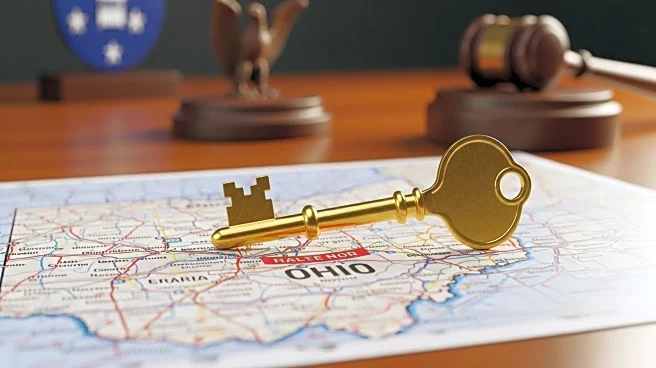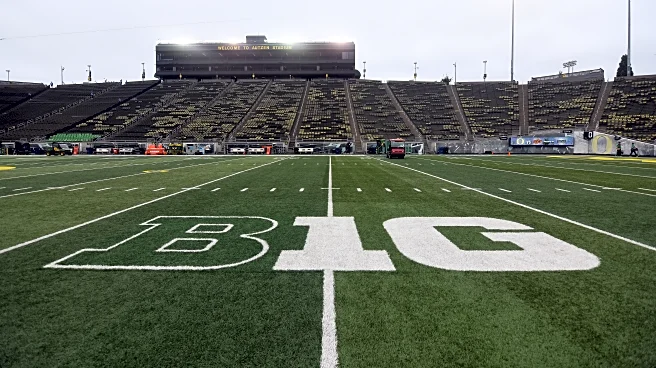Ohio's creation and early development are marked by its transition from a frontier territory to a state with a rich industrial legacy. Admitted to the Union in 1803, Ohio has played a crucial role in the nation's history and development.
Founding or Discovery
Ohio was partitioned from the Northwest Territory, the first frontier of the new United States. The state was admitted to the Union on March 1, 1803, becoming the 17th state and the first under the Northwest Ordinance. Ohio's founding was influenced by its strategic location and abundant natural resources.
Key Contributors
Ohio's early development was shaped by key contributors, including indigenous civilizations and European colonists. The state's strategic location and natural resources attracted settlers and industries, contributing to its growth and development. Ohio's industrial legacy was further enhanced by its proximity to the Great Lakes, facilitating transportation and trade.
Design or Method
Ohio's development was characterized by its transition from a frontier territory to an industrial powerhouse. The state's industrial growth began in the late 19th century, fueled by its strategic location and abundant natural resources. Ohio's industries, including steel production and automotive manufacturing, played a crucial role in its economic development.
Early Reception
Ohio's early reception was marked by its role as a key player in American politics and industry. The state's strategic location and abundant natural resources contributed to its early development and growth. Ohio's industrial legacy continues to influence its economy and culture, shaping its identity and development.
 Discover Daily • 8 min read
Discover Daily • 8 min read 













